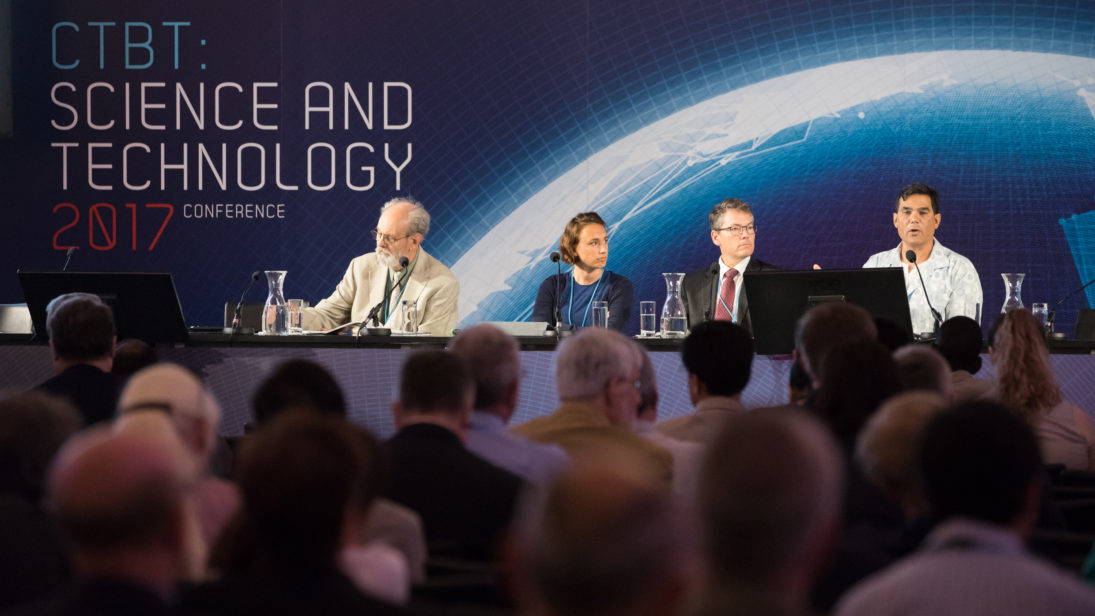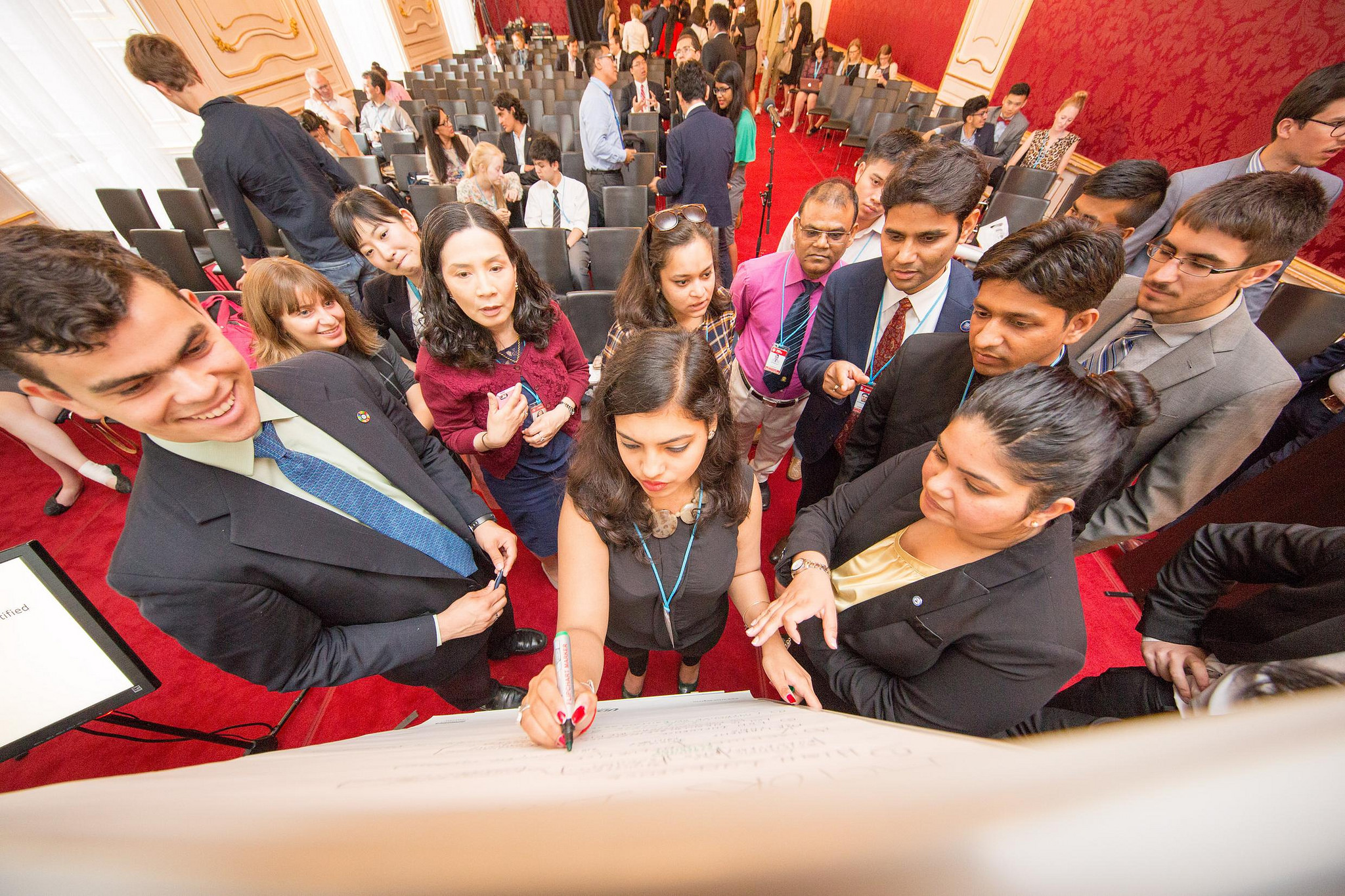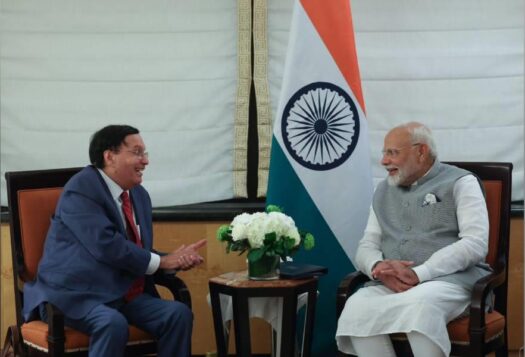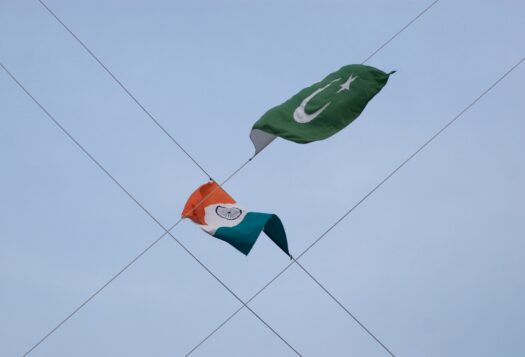
The Comprehensive Nuclear-Test-Ban Treaty (CTBT) represents a vital step towards ending nuclear testing and thereby increasing regional stability and global security. However, the CTBT is yet to enter into force due to the failure of some Annex II countries, nations that possess nuclear power or research reactors, to ratify the treaty. This failure is significant given that the current nuclear security situation remains brittle as the world’s nine nuclear-armed states are replacing, upgrading, and even expanding their nuclear arsenals. One of the nine, North Korea, continues to reject global norms, evident from its fifth nuclear test in September 2016. Des Browne, Vice Chairman of the Nuclear Threat Initiative (NTI), recently stated that North Korea’s actions are a “sobering reminder of the continued nuclear dangers from state actors and the ongoing threat of nuclear proliferation.” Amidst this backdrop, one of the key steps towards non-proliferation and disarmament is the formal entry into force of the CTBT. However, the divide between the scientific and security communities can often impede greater coordination on advancing the goals of the CTBT. One annual conference, however, has made significant strides in addressing this knowledge gap, breaking down information silos, and increasing nuclear literacy in order to achieve the goals of the CTBT.
Our participation in the Comprehensive Nuclear-Test-Ban Treaty Organization’s (CTBTO) Science and Technology conference (SnT2017) last month was one such opportunity to engage the global scientific and non-proliferation community. Since science and technology form the backbone of the CTBT’s verification regime, the CTBTO continually puts on conferences, trainings, and workshops to provide a forum for scientists and policy experts to trade knowledge and experiences between themselves. The 2017 conference, the sixth in a series of multidisciplinary conferences designed to strengthen the relationship between the scientific and nuclear security communities, accomplished this by bringing together a large number of scientists, technical experts, diplomats, scholars, and members of the civil society. In particular, SnT2017 focused on advances in monitoring and verification technologies relevant to the CTBT.
As participants at the SnT2017 conference, we realized the value of combining policy-relevant research with technical understanding and insights. Multiple sessions during the conference were specifically aimed at helping policy analysts gain a practical understanding of the International Monitory System (IMS). The expansive IMS network of 337 monitoring facilities forms the basis of the CTBT’s global verification regime. These facilities provide real-time monitoring and data processing of geophysical events to identify nuclear explosions anywhere in the world. Last September, the IMS network displayed its effectiveness following North Korea’s nuclear tests when 25 IMS stations automatically detected the exact location and magnitude of 5.1 of the resulting earthquake. In addition to detecting nuclear-related events, IMS data also has many civilian applications. The seismic and hydro-acoustic stations in the IMS network can detect earthquakes and provide early warnings for tsunamis. Following the Fukushima nuclear accident in 2011, CTBTO measured radioactivity in the atmosphere and informed Japanese and international authorities about the “dispersion of the radiation plume” and potential problems for the population in the vicinity. These examples demonstrated what former UN Secretary-General Ban Ki-Moon noted,“even before entering into force, the CTBT is saving lives.”

The technical insights at SnT2017 were particularly useful for strategic analysts keen to undertake policy-relevant research on nuclear non-proliferation issues. Throughout the conference, there was a clear emphasis on nuclear literacy and its significance to advancing the goal of a world free of nuclear weapons. William C. Potter, the Director of Center for Non-proliferation Studies (CNS), spoke to this point when he stated that education is vital but an under-utilized tool.
The five-day SnT2017 conference provided an excellent knowledge-sharing platform on CTBT issues for the science and security communities. Our greatest takeaway was the urgency of making real progress on arms control issues as security concerns re-emerge following the relative peace of the 1990s. These challenges include growing fault lines between the West and Russia, North Korea’s blatant challenge to global norms, tensions in South Asia, and the ongoing conflict in the Middle East. To strengthen international peace and stability, the international community should strive towards making progress on arms controls initiatives. The absence of nuclear testing by all countries and the full enforcement of the CTBT so would be a good, initial step towards non-proliferation and disarmament.
***
Image 1: CTBTO SnT2017 Conference via Flickr
Image 2: CTBT SnT2017 Conference via Flickr


